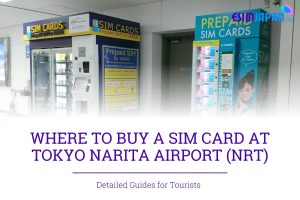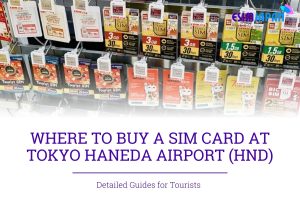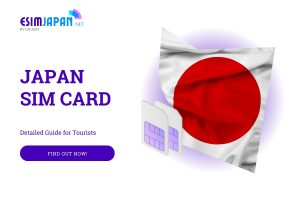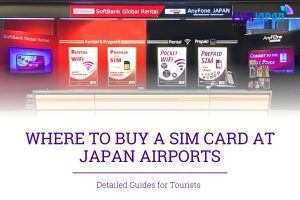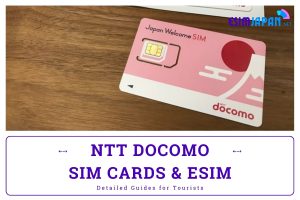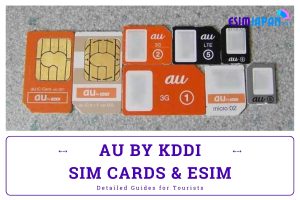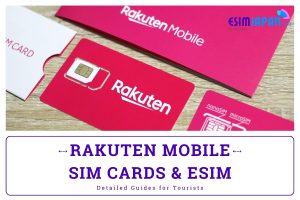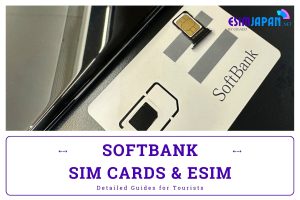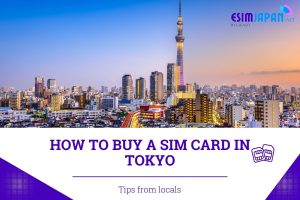Japan is known for having some of the most advanced and reliable mobile networks in the world. With multiple Japanese mobile operators, picking the right one can be tricky for visitors and residents alike. This article provides an overview of the major mobile operators in Japan, tips for choosing the best option, a detailed comparison of the top providers, information on where to buy SIM cards, eSIM availability, and answers to FAQs.
Table of Contents

1. List of Mobile Operators in Japan
Japan has a few major Japan mobile operators that provide extensive coverage nationwide. This includes Softbank which is one of the biggest players. Here is a list of the main mobile operators and MVNOs active in Japan:
1.1. Main Mobile Operators in Japan
Three major nationwide operators dominate the Japanese mobile market:
- NTT Docomo – The market leader and the provider with the best nationwide coverage and over 70 million subscribers. Known for widespread 4G coverage and advanced technologies
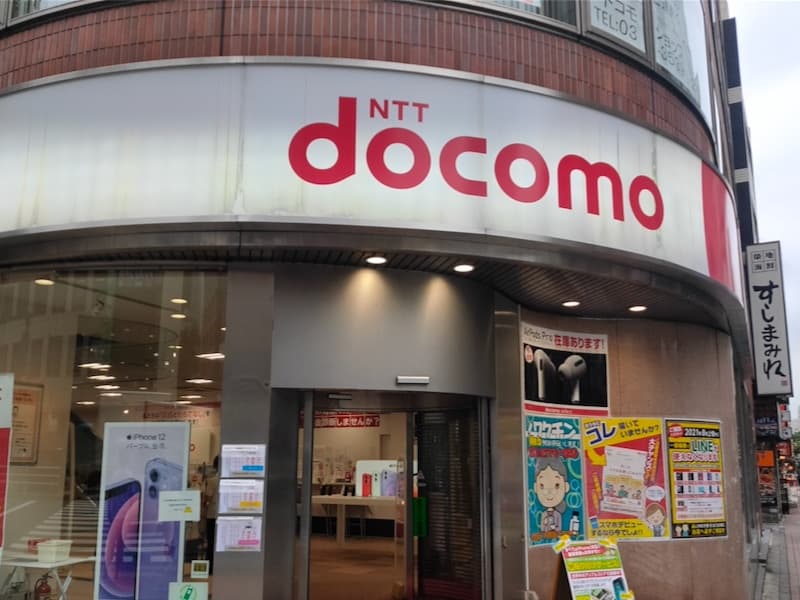
- au (KDDI) – The second largest Japanese mobile operator with over 40 million customers. Nationwide 3G/4G network. Plans include mobile payments, cloud services, and international roaming.

- SoftBank – The third biggest Japan mobile operator. Focuses on postpaid plans and sells latest flagship smartphones. Offers competitive pricing for data-centric plans.

These three Japan mobile operators control over 90% of the Japanese mobile market. They offer top-notch service, extensive 4G LTE networks, and 5G availability in major cities.
1.2. Mobile Virtual Network Operators in Japan
In addition to the main Japan mobile operators, there are some Mobile Virtual Network Operators (MVNOs) in Japan. These providers lease network access from the major carriers. Some popular MVNOs include:
- Rakuten Mobile – Rakuten offers low-cost data plans on the Docomo network.
- LINE Mobile – Uses Docomo’s network and offers discounted rates to LINE app users.
- UQ Mobile – Runs on KDDI’s au network. Offers affordable rates and good coverage.
- IIJmio – Leverages DoCoMo’s network. Focuses on high-speed data plans.
MVNOs provide an affordable alternative to the major carriers. However, their networks can be slower and have less coverage in rural areas.
2. How to Choose the Best Mobile Operator in Japan
Here are some key criteria to consider when choosing the best Japan mobile operator following the latest Opensignal Report:
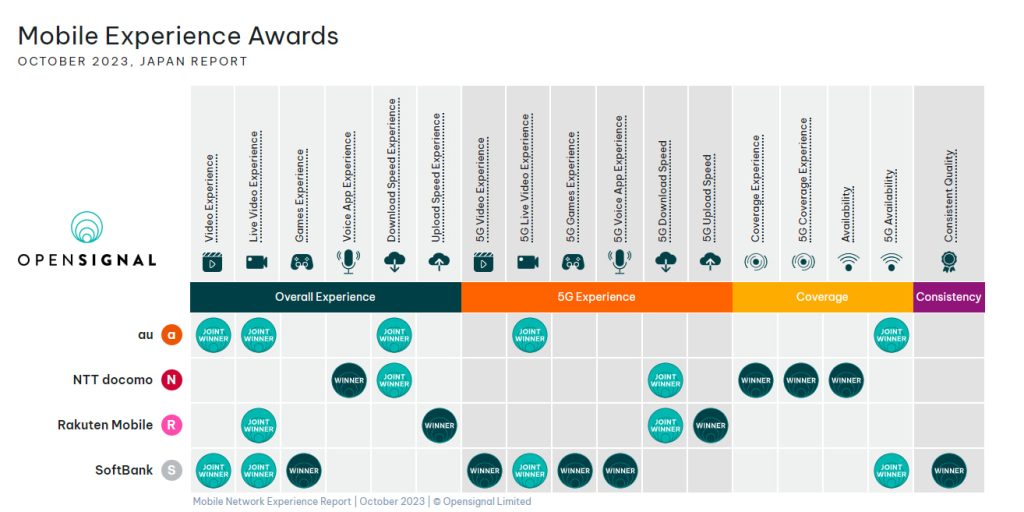
- Coverage – Check maps, NTT Docomo, AU, and Rakuten Mobile have the widest coverage nationwide.
- Speed – Docomo and Rakuten Mobile typically have faster speeds, 5G expanding.
- Plans – SoftBank and AU more affordable, and Docomo has most included international benefits.
- Phones – Docomo and AU have a wider selection of major brands.
- Customer service – Reputations vary but some find Softbank less responsive than others.
Consider your location, data needs, international use, and cost primarily. Try a short-term SIM/eSIM first if visiting. Docomo is often best if coverage and included benefits are top priorities.
3. Best Mobile Operators in Japan- Detailed Comparison
Here is an overview of how Japan’s major mobile carriers compare across key factors:
| Operator | Coverage and speeds | English support | Prices and plans | Other factors |
| NTT Docomo | Widest coverage at over 99% of Japan. Fastest average 4G and 5G speeds. Leader in 5G rollout. | Limited English support. | Most expensive plans but get best speeds. Wide range of prices and data options. | Pioneer operator with stable network. Offers FWA home internet. |
| KDDI (au) | Nationwide 4G coverage over 98%. Average 4G and 5G speeds. | Basic English materials only. | Competitively priced mid-tier plans. Good social media focused plans. | Investing in 5G expansion. Partners with BMW for in-car connectivity. |
| SoftBank | Widespread 4G and 5G coverage. Average speeds below Docomo. | Excellent English call centres and stores. | Very affordable entry-level plans. Large data packages. | Aggressive 5G rollout. Own sports teams and media. Good IoT initiatives. |
| Rakuten | Rapidly expanding 4G network now at 98%. Average speeds catching up. | Limited English support online only. | Lowest prices. Lots of perks and gifts available. | Newest operator using open RAN. Focuses on e-commerce and FinTech too. |
Overall, KDDI is a great option for tourists in Japan. It offers reliable 4G coverage and affordable plans ideal for short trips. Social media bundles remove data tracking hassle. As a value Japan mobile operator, KDDI meets travelers’ needs affordably.
4. Where to Buy SIM Cards from Japanese Mobile Operators?
Here are some options for purchasing local Japan SIM cards from Japanese mobile operators:
- Airport – Major operator SIMs can be rented or bought at Narita/Haneda airport kiosks. Look for the Docomo, au, and SoftBank booths. Check details on Japan SIM Airport.
- Mobile carrier stores – The operator retail shops in cities allow you to buy SIMs and sign up for plans. Bring your passport.
- Electronics stores – Retailers like Bic Camera, Yodobashi Camera, and others also sell SIM cards.
- Online – Major providers sell SIMs on their English websites. Shipping within Japan or overseas available.
- Amazon Japan – You can order a Japan SIM card on Amazon.co.jp in some cases.
Notes: When purchasing a SIM, you may need to provide your passport details and a local number for verification. Do research ahead of time to find the right SIM plan and avoid issues.
5. Do Mobile Operators in Japan Offer eSIM?
Yes, many Japanese mobile operators offer eSIM to their customers. Some of the most popular eSIM providers in Japan include NTT Docomo and Softbank.
- NTT Docomo: NTT Docomo offers eSIMs to its customers. You can purchase an eSIM from NTT Docomo online or at one of its stores. The cost of an eSIM from NTT Docomo varies depending on the plan you choose.
- KDDI: KDDI (au) launched eSIM support in 2020, compatible with select iPhone and Android models. Plans can be activated through the AU online portal.
- Softbank: Softbank also offers eSIMs to its customers. You can purchase an eSIM from Softbank online or at one of its stores.
- Rakuten Mobile: Rakuten fully supports eSIM on compatible devices. Plans are purchased and activated digitally via the Rakuten website or app.
In general, the big three Japanese carriers – SoftBank, Docomo, and KDDI – offer eSIM compatibility but support is still limited to residents. Device and plan availability may vary depending on subsidies and promotions run by each operator.
Buying an eSIM plan from esimjapan.net is more convenient for Japanese mobile operators as it allows seamless connectivity without SIM swapping. Key benefits include instant activation online, flexible validity periods, nationwide coverage at affordable rates, avoiding roaming charges, and an easy installation process. Give esimjapan.net a try on your next trip to experience digital roaming made simple!
6. FAQs
Do I need to unregister my SIM card when leaving Japan?
No, you can simply dispose of the SIM card once your trip is over. There is no need to unregister rental SIMs in Japan.
Can I use my Japan SIM card in other Asian countries?
Unfortunately, Japanese SIM cards only provide service domestically within Japan, not other countries. You will need a separate SIM for each country.
How long does the Japan SIM card registration process take?
For prepaid SIMs, you can usually start using the card right away. For contract plans, it can take a few days to complete the verification process before your SIM is activated.
Can I use a SIM card in my non-Japanese phone?
Yes, Japanese SIMs are compatible with unlocked phones from outside Japan. iPhones are always unlocked. Android phones need to be unlocked to accept another SIM.
Do I need a residence card or visa to buy a local Japan SIM card?
Typically a passport is sufficient, though some stores may request additional ID like a residence card from foreign residents. Tourists can purchase SIMs easily.
7. Conclusion
In summary, Japan has excellent mobile networks supported by major Japanese mobile operators like Docomo, au, and SoftBank, as well as cheaper MVNO alternatives. Pick a provider based on your coverage needs, data usage, desire for English support, and budget constraints. Do some comparison shopping to find promotions and discounts. Purchase your SIM at the airport, operator shops, electronics stores, or online. While eSIM support is still limited, having mobile data during your Japan travels is easy with the wide range of SIM options available.


